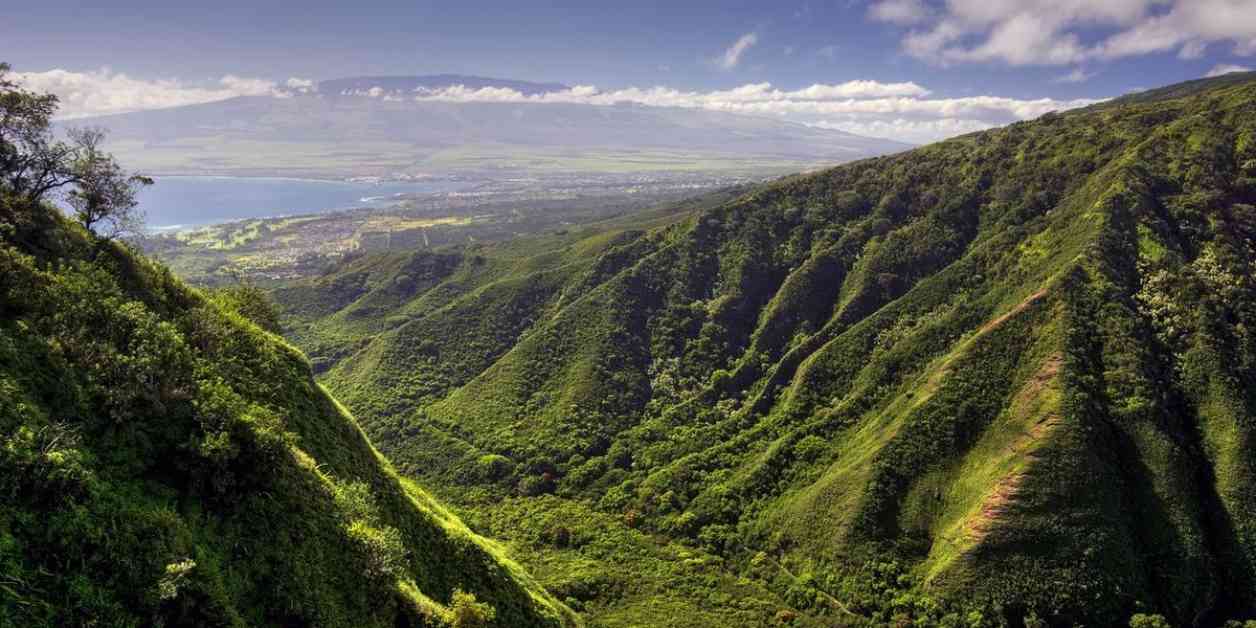Unexplained Twilight Zones Found Underground: Mystery Deepens in Scientific Community
Solar breakthrough realises potential of ‘miracle material’ forged in earth’s mantle
Some of the Earth’s most “extreme features” have been discovered deep, deep underground, and scientists can’t work out what they are. The mysterious zones have the power to slow down seismic waves by up to 50 per cent, yet experts don’t know what they’re made of or what role they play. These strange black holes (figuratively speaking) are located within the Earth’s lower mantle – near the core – and are known as ultra-low velocity zones (ULVZs). They have traditionally been detected near hotspots – regions of the mantle where hot rock moves upwards, forming volcanic island chains like Hawaii – but new research suggests they’re much more widespread than previously thought.
The Enigmatic ULVZs
Geophysicist Michael Thorne, of the University of Utah, described ULVZs as one of the most extreme features found inside the planet. These mysterious zones have puzzled scientists due to their unknown composition, origin, and function within the Earth. Some researchers speculate that ULVZs may be remnants of ancient giant impactors that bombarded the Earth during its early formation. However, recent discoveries indicate that these enigmatic structures are more prevalent than previously assumed, suggesting that they are actively being generated in the present day.
Thorne and his colleagues conducted in-depth analysis of seismic waves generated by large earthquakes, known as PKP waves. Their findings revealed that something within the Earth’s lower mantle was significantly slowing down these earthquake waves, causing them to scatter their energy. The researchers identified valleys and ridges along the core-mantle boundary, as well as ULVZs, as potential factors contributing to this phenomenon. ULVZs were found to be present across different regions worldwide, including North America, North Africa, East Asia, Papua New Guinea, the Pacific Northwest, and the western Pacific.
The Basalt Connection
Thorne proposed that ULVZs may be composed of volcanic rock basalt, which is formed at mid-ocean ridges where the seafloor spreads apart. As basalt is pulled into the mantle through subduction processes, it melts rapidly and could create pockets within the mantle where seismic waves slow down. This theory suggests a possible link between basalt formation and the generation of ULVZs. Understanding the composition and behavior of these mysterious zones could provide valuable insights into volcanic hotspots and the dynamics of the Earth’s mantle.
Research into ULVZs has raised numerous questions that scientists are still striving to answer. Thorne acknowledged that there are many uncertainties surrounding the nature and function of these enigmatic structures. However, unraveling the mysteries of ULVZs could offer new perspectives on the Earth’s inner workings and contribute to advancements in geological research.
Implications for Geology
The discovery of ULVZs and their potential impact on seismic wave propagation has significant implications for the field of geology. By studying these wave-slowing structures, researchers can gain a deeper understanding of volcanic hotspots and the movements of the Earth’s mantle. The presence of ULVZs in various regions around the world indicates a complex interplay between geological processes and seismic activity.
Thorne emphasized the importance of further research to elucidate the true nature of ULVZs and their role in shaping the Earth’s interior. By exploring these unexplained twilight zones found underground, scientists may uncover valuable insights into the planet’s geological history and evolution. The mystery surrounding ULVZs continues to intrigue the scientific community, driving ongoing investigations into these enigmatic features.
In conclusion, the discovery of ultra-low velocity zones deep within the Earth’s mantle has opened up new avenues of exploration for geologists and researchers. These mysterious structures, with their ability to slow down seismic waves, pose intriguing questions about the Earth’s inner dynamics and geological processes. As scientists delve deeper into the enigmatic world of ULVZs, they hope to unlock the secrets hidden beneath the Earth’s surface and shed light on the mysteries of our planet’s ancient past.













